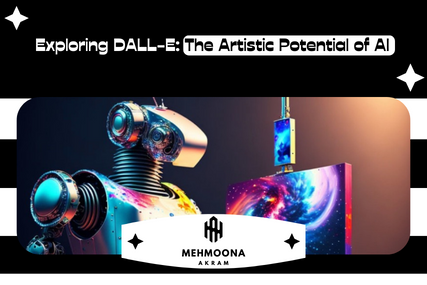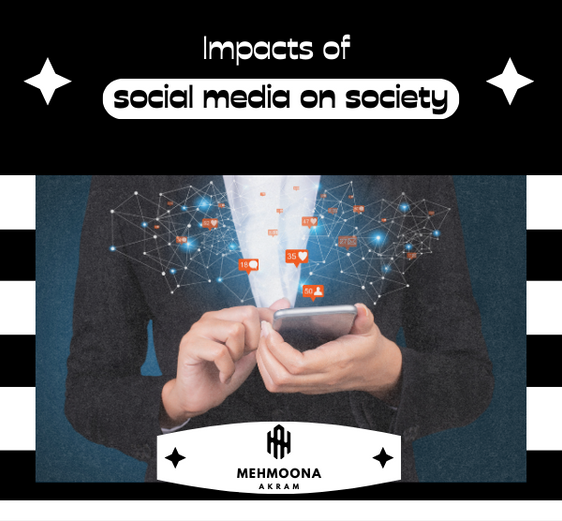
Introduction
In the rapidly evolving field of artificial intelligence (AI), one of the most fascinating and groundbreaking developments in recent years is DALL-E. Pronounced as “dolly,” this AI system is not just another run-of-the-mill algorithm. DALL-E, developed by OpenAI, is a unique creation that harnesses the power of deep learning to generate stunning and imaginative images from textual descriptions. In this blog, we’ll delve into what DALL-E is, how it works, and its profound significance in the world of AI and beyond.
What is DALL-E?
DALL-E is a neural network-based model designed to generate images from textual descriptions. Unlike conventional image generation algorithms that rely on datasets of existing images, DALL-E takes textual prompts as input and produces entirely new, synthetic images as output. The name “DALL-E” is a portmanteau of “Dali” (referring to the surrealist artist Salvador Dalí) and “Wall-E” (from the animated movie). This name choice is fitting, as DALL-E combines artistic creativity with technological prowess.
How Does DALL-E Work?
At its core, DALL-E is built upon a deep learning architecture known as a generative adversarial network (GAN). A GAN consists of two neural networks: a generator and a discriminator. In the case of DALL-E, the generator takes in a textual description as input and produces an image that matches the description. The discriminator, on the other hand, assesses whether the generated image is convincing enough to pass as a genuine creation.
The training of DALL-E involves a massive dataset that pairs textual descriptions with corresponding images. The generator learns to map textual input to image output by repeatedly adjusting its internal parameters during training. The discriminator’s role is to provide feedback to the generator, helping it improve over time.
Significance of DALL-E
Creativity Unleashed
DALL-E represents a significant leap in AI’s creative capabilities. It allows AI systems to venture beyond the boundaries of preset datasets and generate original content based on textual descriptions. This is a game-changer for artists, designers, and creators looking for fresh and imaginative visual inspiration.
Breaking Down Language-Image Barriers
One of the most remarkable aspects of DALL-E is its ability to bridge the gap between human languages and visual representations. You can describe virtually anything in words, and DALL-E will strive to visualize it. This has the potential to revolutionize industries such as advertising, where concepts can be quickly turned into visual campaigns.
Storytelling and Narrative Generation
DALL-E’s capabilities extend beyond individual images. It can also generate sequences of images based on textual prompts, essentially telling a visual story. This has applications in the entertainment industry, where AI-generated visual narratives could be used in video games, animations, and interactive storytelling experiences.
Efficient Content Creation
In many industries, content creation is a time-consuming and resource-intensive process. DALL-E can streamline this by rapidly generating visuals for various purposes. For example, it could assist in creating marketing materials, product designs, or architectural concepts based on written descriptions, reducing the need for extensive design work.
Accessibility and Inclusivity
DALL-E has the potential to make visual content more accessible to individuals with disabilities. By providing detailed textual descriptions, websites and applications can use DALL-E to automatically generate alternative text for images, making the online experience more inclusive for everyone.
Ethical Considerations
The advent of AI systems like DALL-E also raises important ethical questions. As these systems become more adept at generating realistic images, there is a growing concern about their potential misuse, such as creating convincing deepfake content or spreading disinformation. Ethical guidelines and regulations must be developed to address these issues.
Advancing AI Research
DALL-E is a testament to the rapid advancement of AI research. It showcases the power of large-scale deep learning models and the potential for creating AI systems that can comprehend and generate content in diverse modalities.
Challenges and Limitations
While DALL-E offers immense promise, it is not without its challenges and limitations. Some of these include:
- Data Bias: DALL-E’s training data may contain biases present in the images and textual descriptions used. Addressing bias in AI systems is an ongoing concern.
- Resource Intensiveness: Training and running DALL-E require significant computational resources, limiting its accessibility to smaller organizations and individuals.
- Fine-Tuning: To generate specific types of images, DALL-E often requires fine-tuning on specialized datasets, which can be a time-consuming process.
- Understanding Context: DALL-E can sometimes misinterpret or struggle with nuanced or complex textual prompts, leading to unexpected or undesirable results.
Conclusion
DALL-E is a groundbreaking AI model that showcases the incredible potential of deep learning and generative AI in the realm of visual content generation. Its ability to transform textual descriptions into vivid and imaginative images has far-reaching implications across various industries, from art and design to storytelling and accessibility.
However, with great power comes great responsibility. As AI systems like DALL-E continue to evolve, it is crucial to address ethical concerns and ensure that they are used responsibly and for the betterment of society. The journey of AI-driven creativity is just beginning, and DALL-E is a remarkable step forward in this exciting and transformative field.



